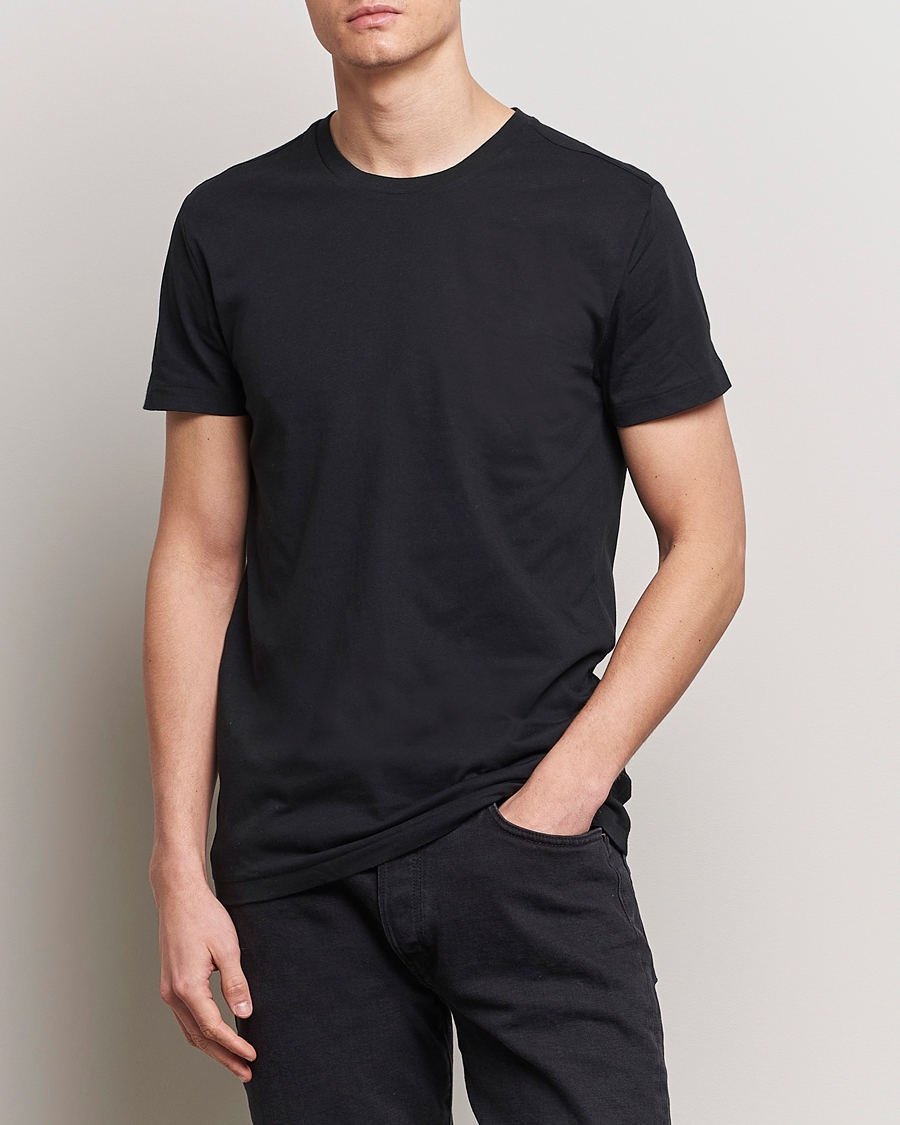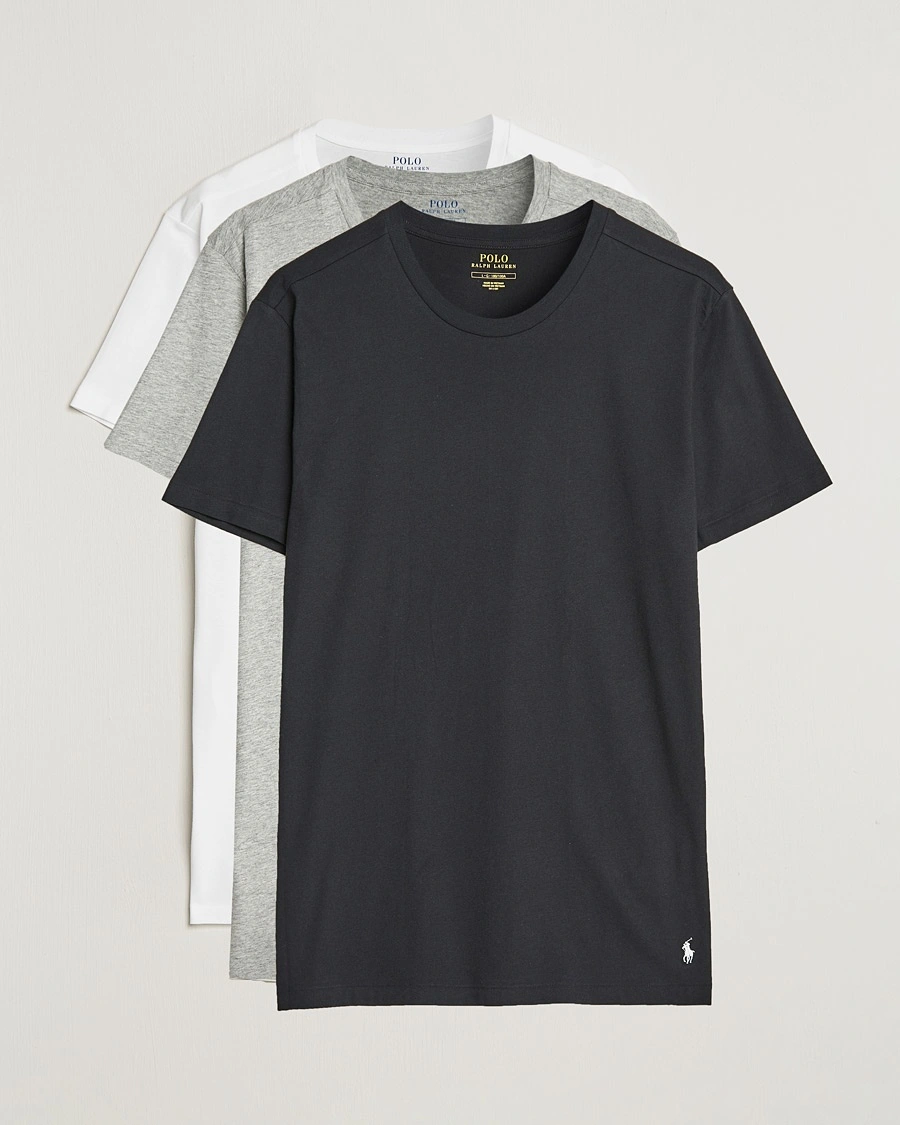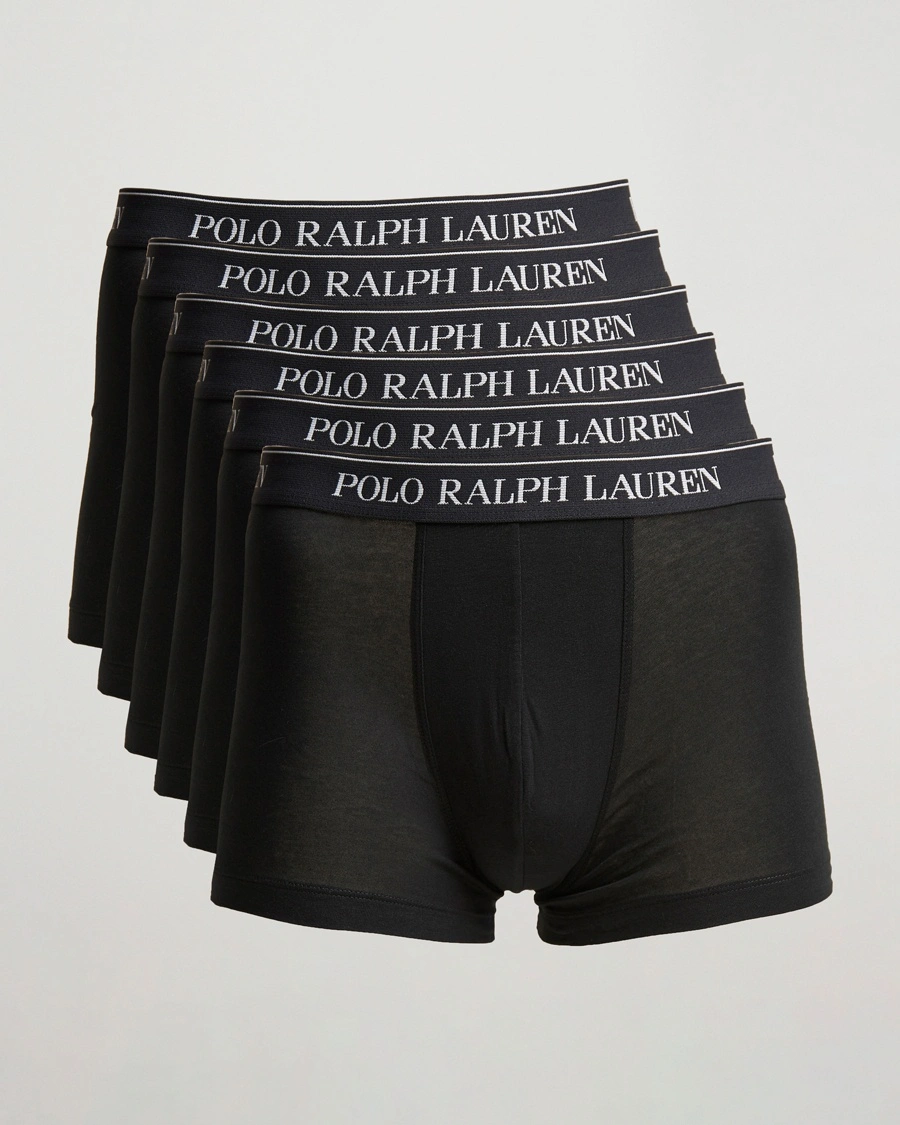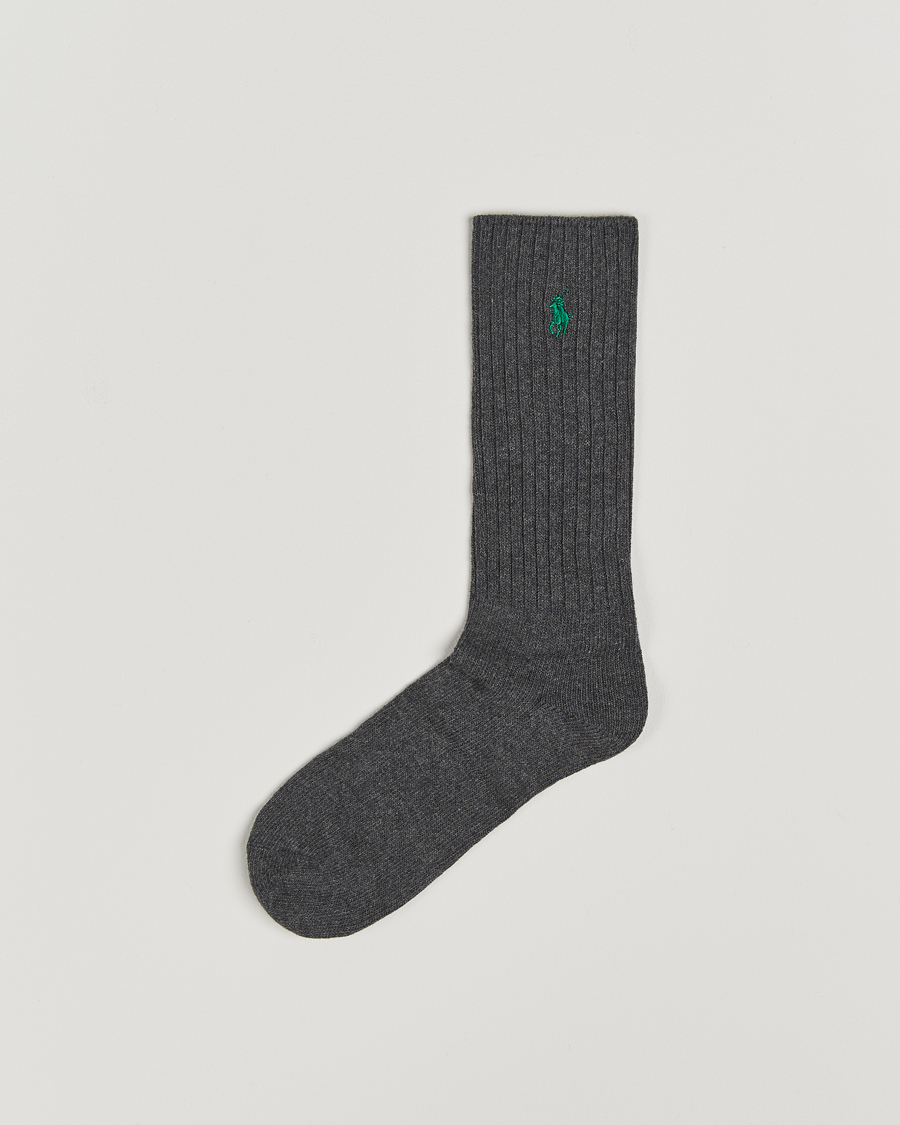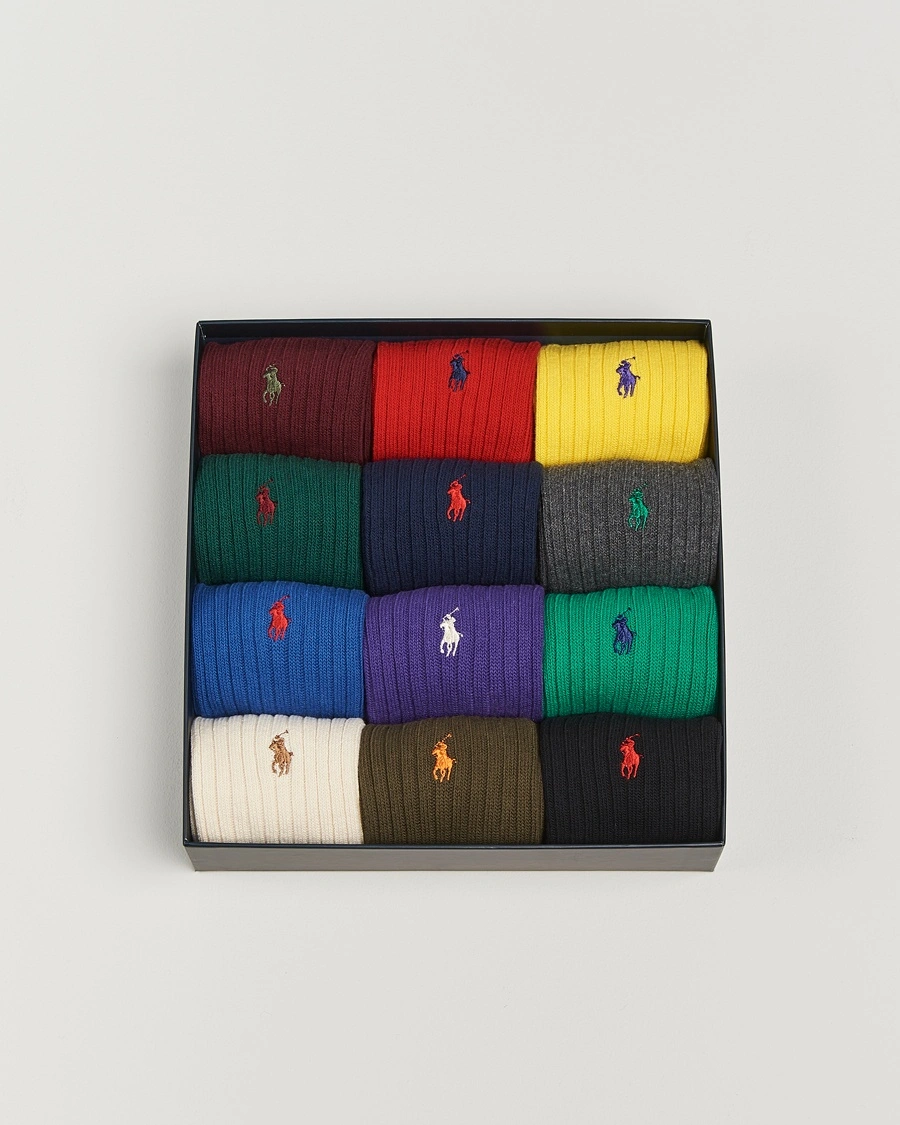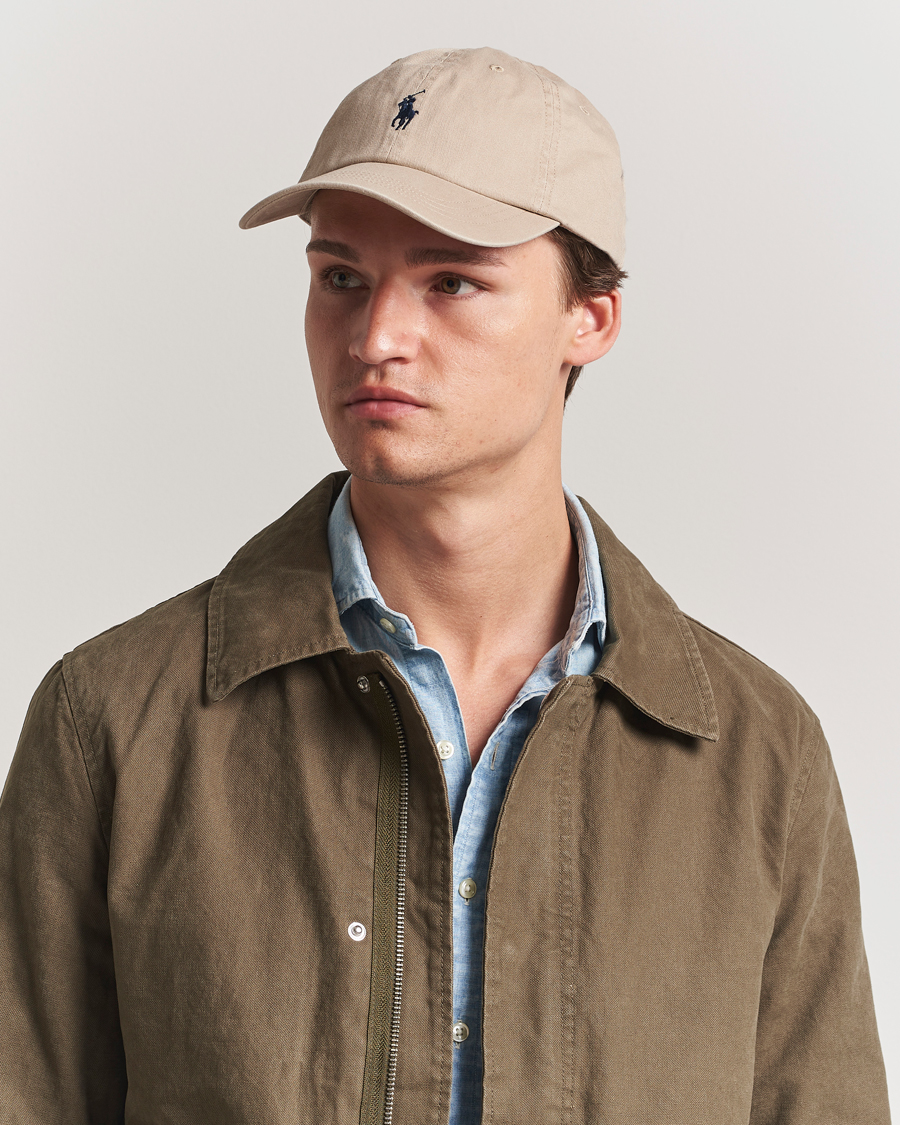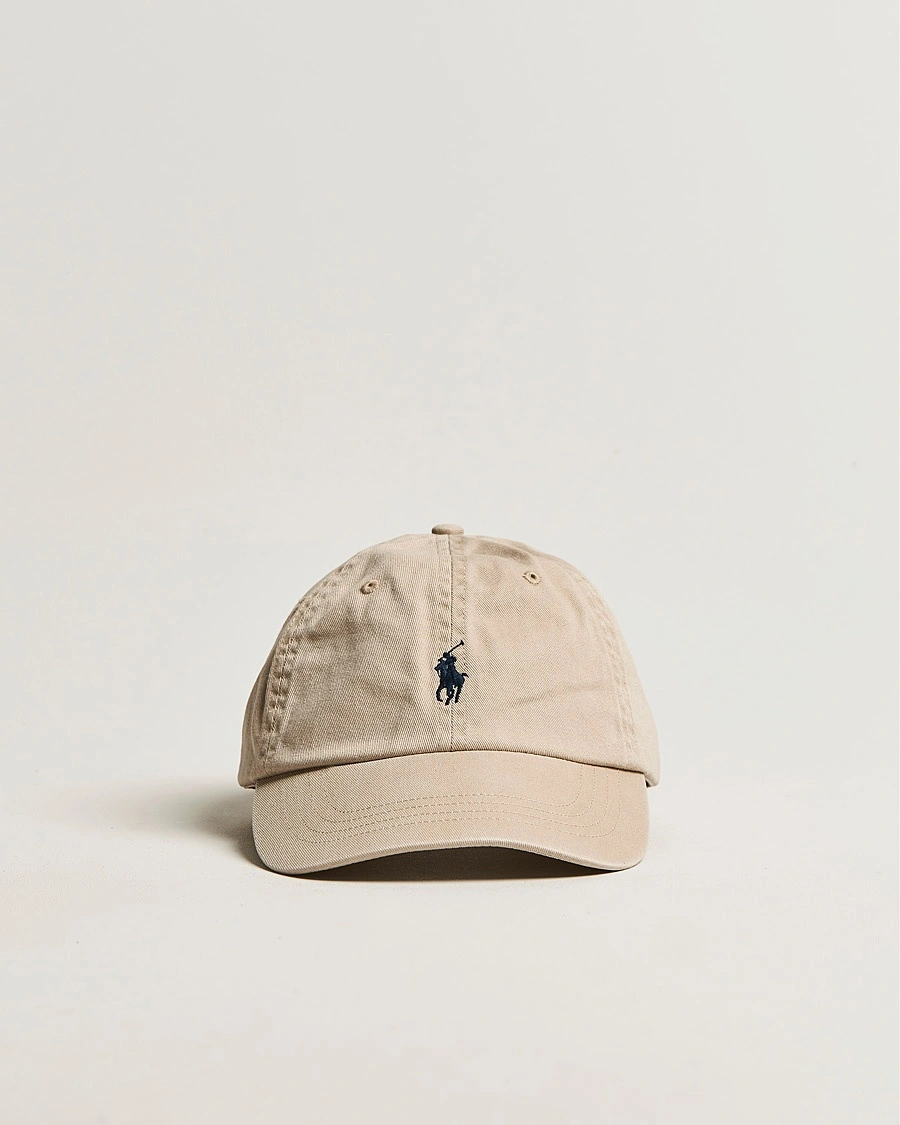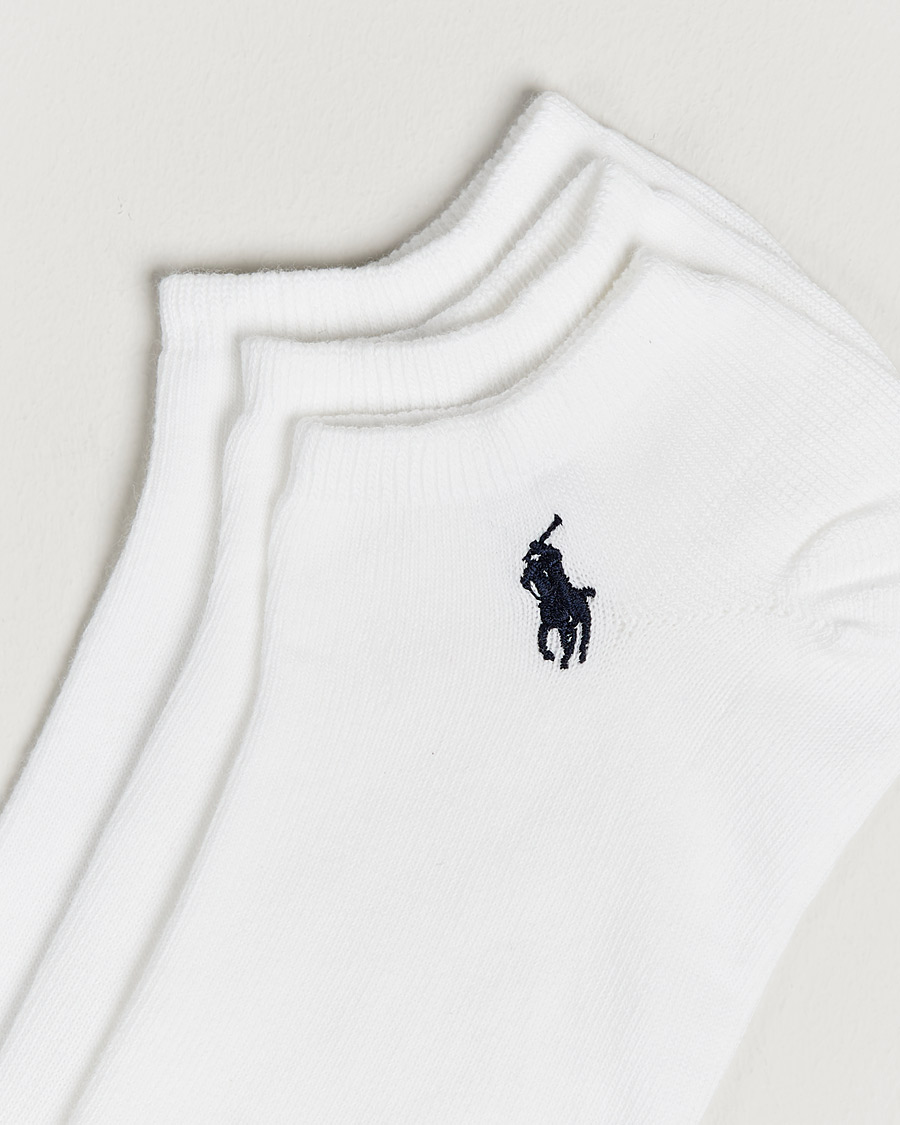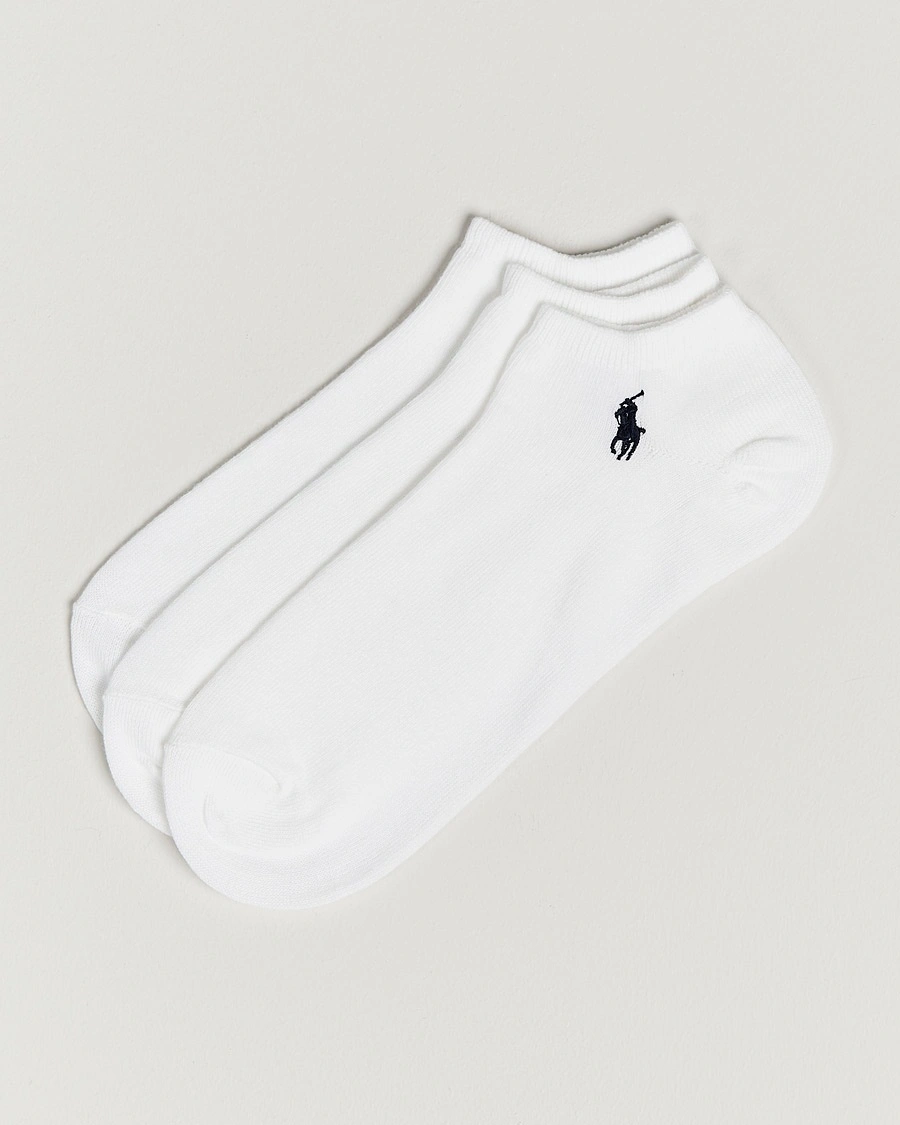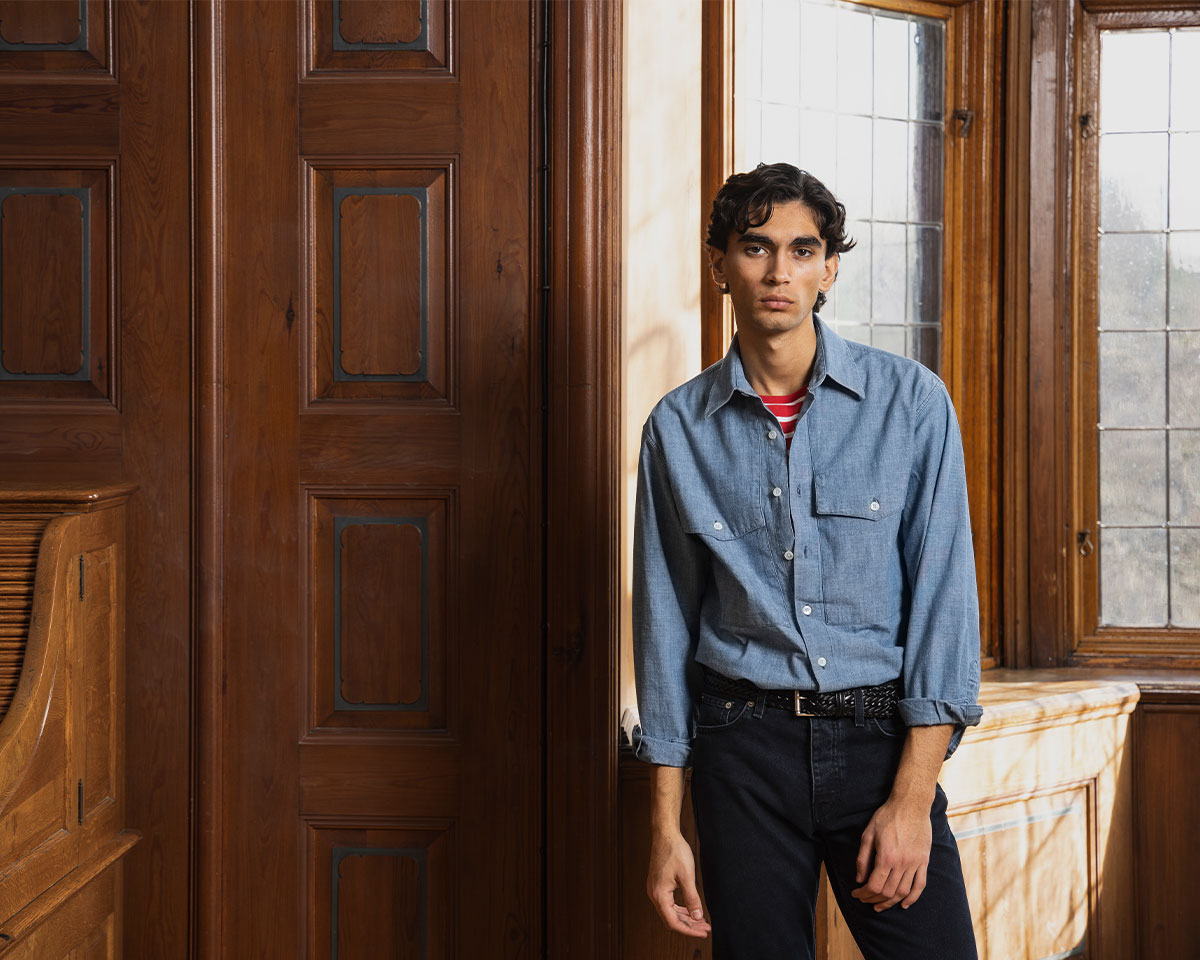
Everything you need to know about Tag Heuer
Text: joakim rönnqvist
photo: alamy & care of carl
We all had our favourites: Michael Schumacher, Damon Hill, or David Coulthard. For me, the idol was clear – Ayrton Senna, always with a TAG Heuer on his wrist. He wasn't just the best on the track, he also had an "aura" that no other driver could match.
When the greatest racing stars in the world wore watches from TAG Heuer, was that when TAG Heuer reached its peak? It's hard to say. However, one thing is certain – the coolest thing you could wear on your wrist in the early '90s was undoubtedly a watch from TAG Heuer.

The beginning of everything
TAG Heuer's journey began in 1860 in the small Swiss village of St-Ursanne, where the then 20-year-old Edouard Heuer founded his first watchmaking workshop. In 1887, he revolutionised the watch industry with a patent for the chronograph mechanism, an innovation that remains central to many of TAG Heuer's most iconic models.
The number 1 racing watch
In the 1950s and 60s, Heuer established its reputation as a favourite among motorsport enthusiasts. The brand became the official timekeeper for major racing events and launched the now-classic models, Carrera and Monaco.
Monaco, released in 1969, quickly became a favourite among racing drivers thanks to its square design and ground-breaking automatic chronograph mechanism. The watch achieved legendary status when actor Steve McQueen wore it in the 1971 film Le Mans. Since then, Monaco has become a symbol of both motorsport and McQueen’s relaxed, cool style.
Between 1992 and 2003, TAG Heuer was the official timekeeper and main sponsor for Formula 1, with the now-legendary driver Ayrton Senna as an ambassador.
Heuer becomes… TAG Heuer

During its first 125 years, the brand was called Heuer, named after its founder Edouard Heuer. Nevertheless, in 1985, the story took a new turn when TAG Group, a holding company with strong roots in motorsport, purchased the company. This led to a name change to TAG Heuer, as we know it today.
For some, this was a natural step that further connected the brand to the world of racing. For others, it was seen as a betrayal of its heritage and tradition. Despite the name change still stirring emotions, TAG Heuer has since grown and expanded into new markets, becoming one of the world’s largest watch manufacturers.
In 1999, TAG Heuer was acquired by the French luxury goods group LVMH (Moët Hennessy Louis Vuitton), but despite the new ownership, the brand has chosen to retain "TAG" in its name.
Three important models

Carrera: Launched in 1963, the Carrera quickly became a favourite in the motorsport world. Designed with a focus on being clear and easy to read, even during the most demanding driving conditions. Carrera’s simple design has made it a beloved watch for both racing enthusiasts and watch lovers around the globe.
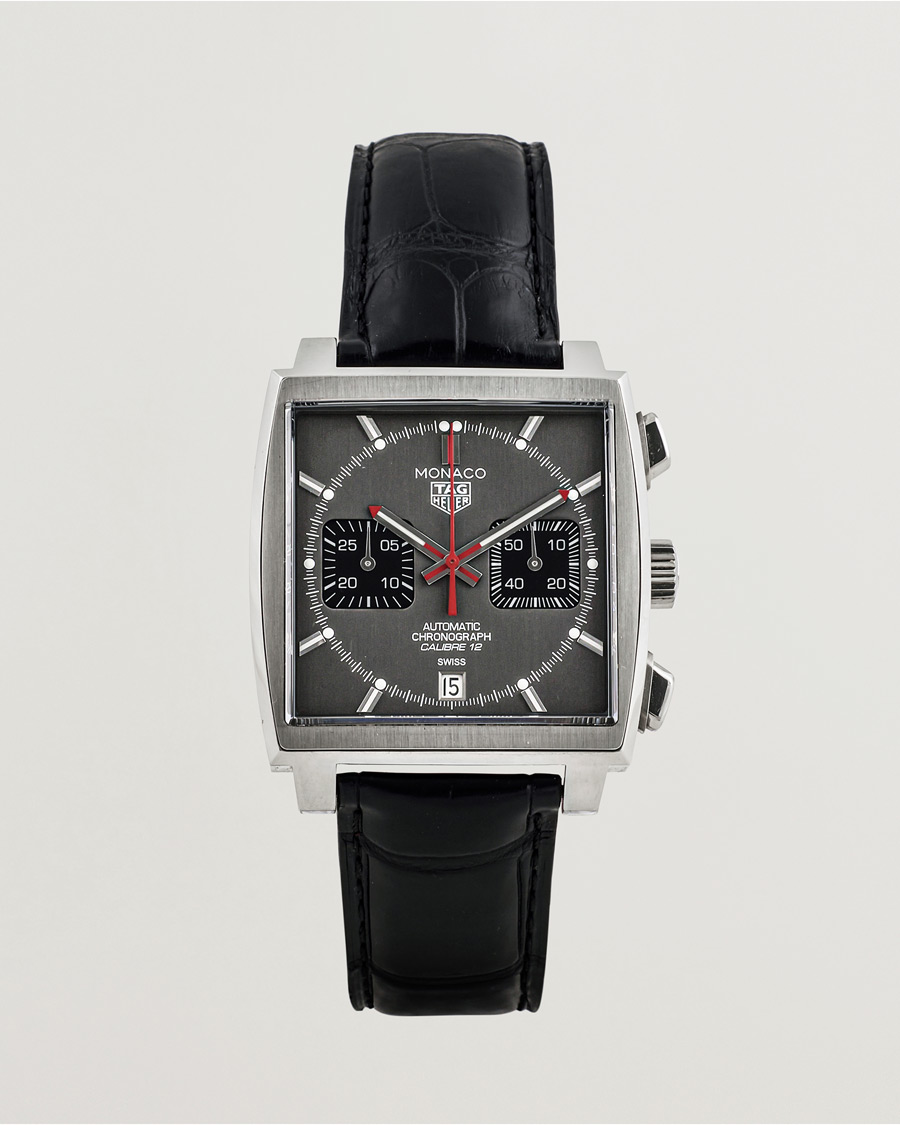
Monaco: The Monaco became known as the first square, waterproof, automatic chronograph. It gained global attention when Steve McQueen wore it in the film Le Mans. With its unique design, Monaco is a must-have for those who want a watch that truly stands out.

Autavia: One of Heuer’s most significant models. Originally launched in 1933 as a clock for both airplanes and cars, about 30 years later it was developed into a watch, and became an immediate success. The name "Autavia" is a combination of "AUTomotive" and "AVIAtion," reflecting its intriguing history.
The Future of TAG Heuer:
Even though the brand may not reach the same greatness as during its golden age in the 1950s and 60s, they continue to lead by developing advanced watches that honour their rich motorsport heritage.
With the backing of the LVMH group’s resources, it’s entirely possible that TAG Heuer will make significant strides in the industry in the coming years. Who knows – they may once again reach the same heights as in the 90s, with the world’s biggest racetracks as their arena. I eagerly follow their continued journey!
Do you want to continue where you were?
Customer service
FAQ
Answers to the most frequently asked questions can be found here.
We aim to reply to your email within one working day.
Personal Style Advice
We currently offer personal style advice through both digital and in-person customer meetings near our headquarters in Borås, Sweden.
If you're interested in booking a session with our personal shopper, send an email to us at [email protected], specifying whether you prefer a digital or in-person meeting, and we will get back to you with more details and available time slots.
Our style advisors look forward to helping you update your wardrobe and invest in timeless, quality garments!
Log in
-
Sweden
-
Denmark
-
Norway
-
Finland
-
Germany
-
Austria
-
Belgium
-
Ireland
-
Croatia
-
Cyprus
-
Czech Republic
-
Estonia
-
Greece
-
Hungary
-
Liechtenstein
-
Lithuania
-
Luxembourg
-
Malta
-
Poland
-
Portugal
-
Slovakia
-
Slovenia
-
Bulgaria
-
Latvia
-
Romania
-
Netherlands
-
France
-
Switzerland
-
Spain
-
Italy
-
United Kingdom
-
Saudi Arabia
-
New Zealand
-
Taiwan
-
United Arab Emirates
-
Japan
-
Australia
-
Canada
-
United States of America
-
South Korea
-
Hong Kong
-
Singapore
-
Kuwait
-
Malaysia
-
Qatar





